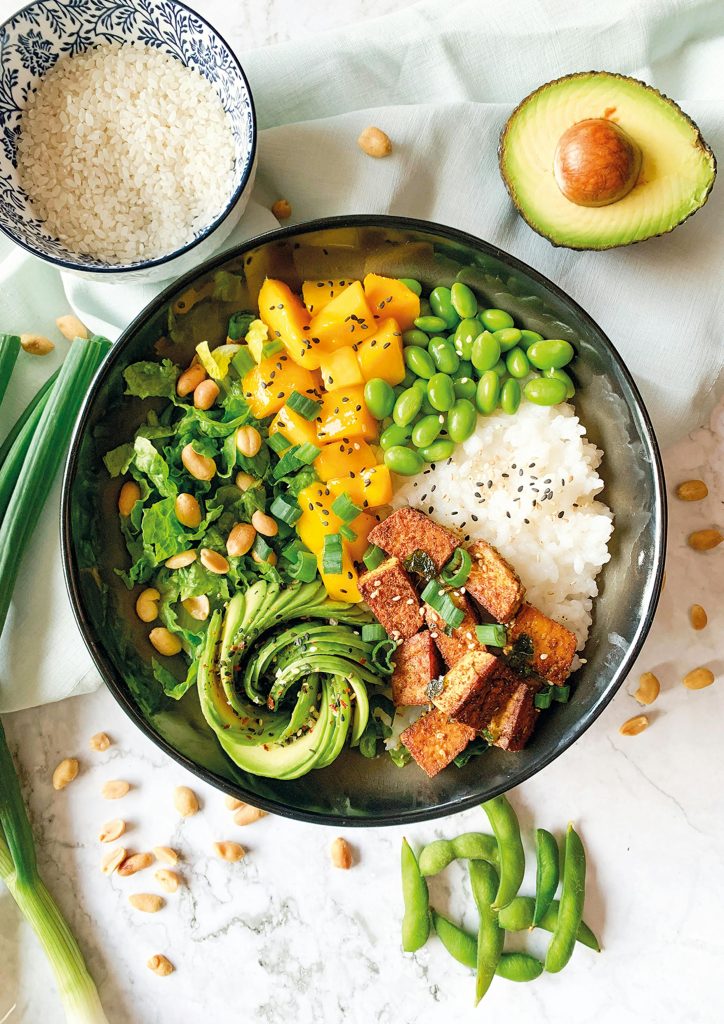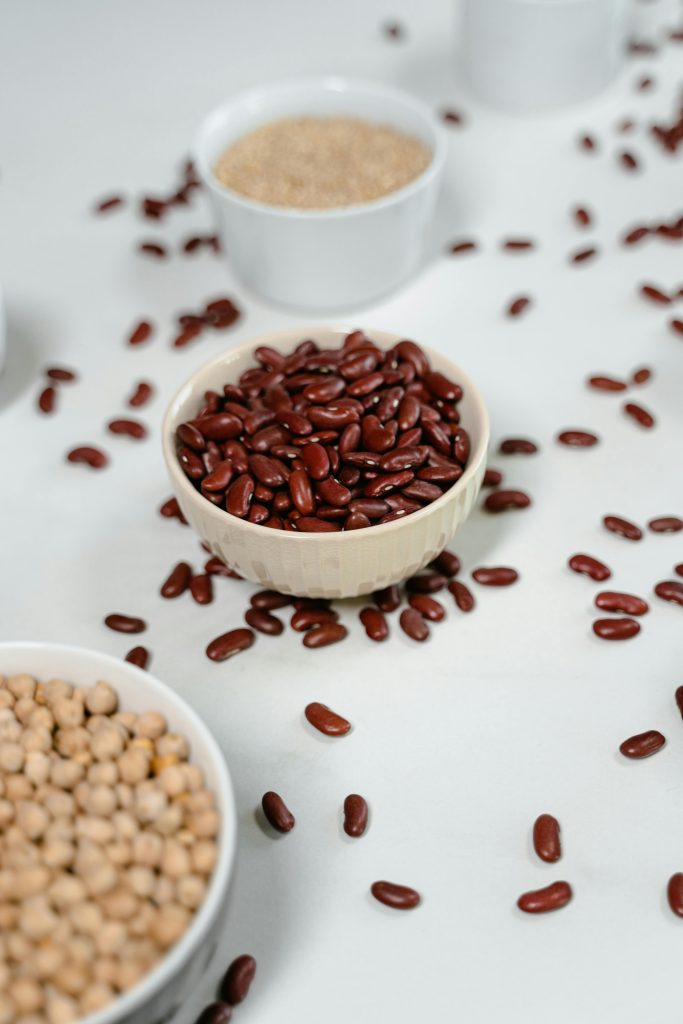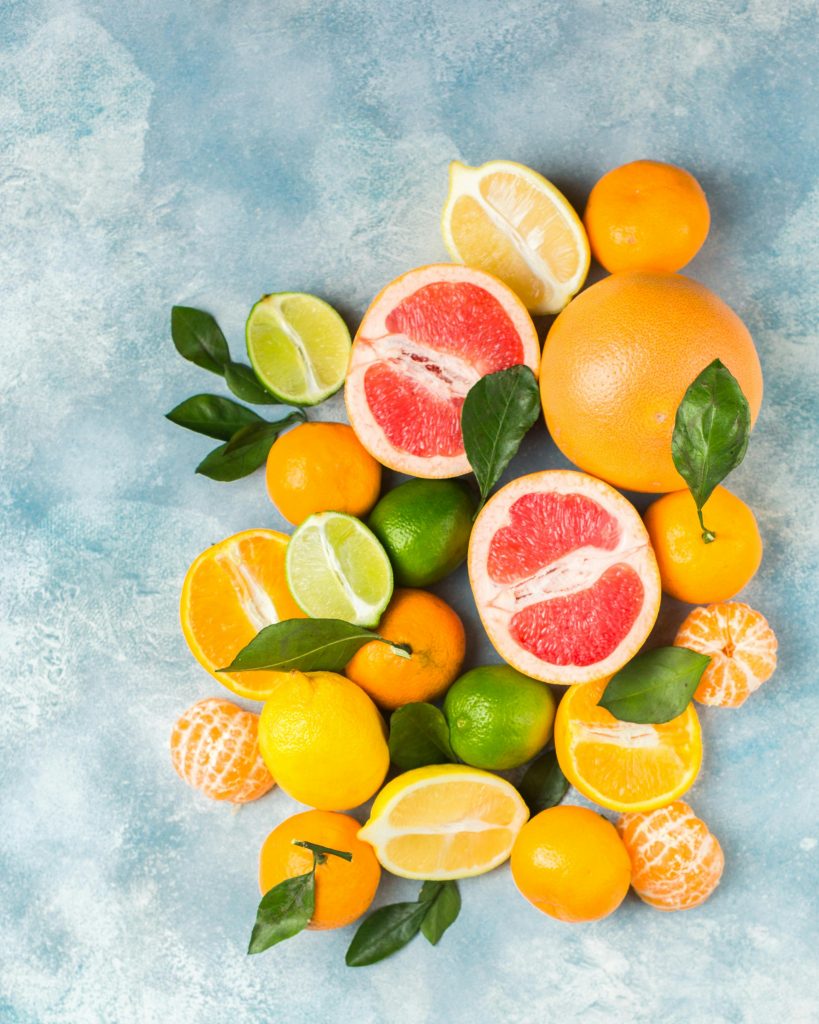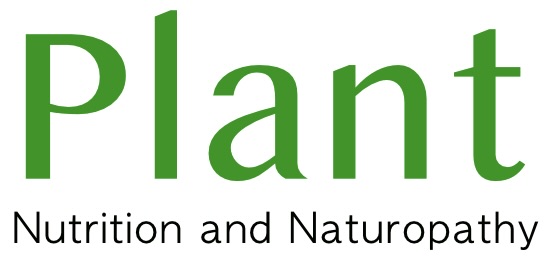Plant Based Nutrition for Iron Deficiency
Iron deficiency is one of the most common nutritional deficiencies worldwide, affecting people of all ages, genders, and backgrounds. But what exactly is iron deficiency, and how can it affect your health?

What is Iron Deficiency?
Iron is a vital mineral that our bodies need to produce hemoglobin, a protein in red blood cells responsible for carrying oxygen throughout the body. When you don’t have enough iron, your body can’t produce enough healthy red blood cells to carry adequate oxygen to your tissues, which can lead to a condition known as iron deficiency anaemia. The good news is that a plant based diet can provide ample sources of iron. If you follow a vegetarian or vegan diet, or simply prefer plant based foods, it’s important to understand how to boost your iron intake naturally.
Who is at Risk?
Iron deficiency can affect anyone, but certain groups are more at risk, including:
Women of childbearing age: Women lose iron through menstruation, and during pregnancy, they need extra iron to support the growing baby.
Infants and young children: As they grow, they need more iron to support rapid development.
Vegetarians and vegans: Iron from plant based foods (non-heme iron) isn’t absorbed as efficiently as iron from animal products (heme iron).
People with certain health conditions: Conditions like coeliac disease, gastrointestinal disorders, or heavy blood loss can interfere with iron absorption.
Symptoms of Iron Deficiency
Iron deficiency can show up in various ways, and symptoms can range from mild to severe. Common signs include:
Fatigue: Feeling unusually tired or weak, even after a full night’s rest, is one of the most common signs.
Paleness: A noticeable paleness of your skin or the inside of your lower eyelids.
Shortness of breath: Difficulty catching your breath, especially during physical activity.
Dizziness or headaches: Feeling lightheaded or frequently experiencing headaches.
Cold hands and feet: Poor circulation due to a lack of oxygen in the blood.
Brittle nails or hair loss: Iron deficiency can affect the health of your hair and nails.
Causes of Iron Deficiency
Iron deficiency can occur due to several factors, including:
Inadequate dietary intake: Not eating enough iron-rich foods like meat, legumes, and leafy greens.
Poor absorption: Conditions like coeliac disease, Crohn’s disease, or taking certain medications can interfere with how your body absorbs iron.
Increased need for iron: During pregnancy, growth spurts, or heavy menstruation, your body may need more iron than usual.
Types of Iron: Heme vs. Non-Heme
There are two types of iron:
Heme iron: Found in animal-based foods such as red meat, poultry, and fish. This form of iron is easily absorbed by the body.

Non-heme iron: Found in plant based foods such as beans, lentils, tofu, spinach, and fortified cereals. Non-heme iron is not as easily absorbed as heme iron, but with the right food combinations, it can still meet your needs.
While a plant based diet typically excludes heme iron, non-heme iron can still be an effective source with the right approach.
Plant Based Sources of Iron
A well planned plant based diet can provide plenty of iron. Here are some excellent plant based sources:
Legumes: Lentils, chickpeas, beans (e.g., black beans, kidney beans), and peas.
Tofu and Tempeh: Both are excellent sources of iron, especially when made from soybeans.
Leafy Greens: Spinach, kale, collard greens, and Swiss chard.
Fortified Cereals: Many breakfast cereals are fortified with iron.
Nuts and Seeds: Pumpkin seeds, sesame seeds, cashews, almonds, and hemp seeds.
Whole Grains: Quinoa, oats, brown rice, and farro.
Dried Fruits: Apricots, raisins, and prunes..
Maximising Iron Absorption
Since non-heme iron is not absorbed as efficiently as heme iron, it’s essential to enhance absorption. Here are some tips to help your body absorb more iron from plant based foods:
Pair Iron with Vitamin C: Vitamin C significantly increases the absorption of non-heme iron. Consider pairing iron-rich foods with vitamin C-rich foods like citrus fruits (oranges, grapefruit, kiwifruit), strawberries, capsicum, tomatoes, and broccoli. For example, add tomatoes or capsicum to your spinach salad, eat an orange alongside iron-rich oatmeal.
Avoid Inhibitors of Iron Absorption: Certain foods and beverages can reduce iron absorption, so try to limit their consumption around meals that contain iron. These include:
– Coffee and tea: Tannins in these drinks can block iron absorption.
– Calcium-rich foods: High amounts of calcium (e.g., dairy, fortified plant milks) can interfere with iron absorption, so it’s best to consume them at different times.
Soak, Sprout, or Ferment: Foods like beans, lentils, and grains contain phytic acid, which can inhibit iron absorption. Soaking, sprouting, or fermenting these foods can reduce phytic acid levels and improve iron bioavailability.
How Much Iron Do You Need?
The Recommended Dietary Allowance (RDA) for iron varies depending on age, sex, and life stage:

Adult women (ages 19–50): 18 mg per day.
Pregnant women: 27 mg per day.
Adult men (ages 19+): 8 mg per day.
Children (ages 1–3): 7 mg per day.
If you’re following a plant based diet, you may need to consume higher amounts of iron than the general recommendations because non-heme iron is less easily absorbed. The RDA for iron may be higher for vegetarians and vegans, often up to 1.8 times the standard recommendation.
Supplements for Iron Deficiency
If dietary changes alone are not enough to boost your iron levels, or if you have an iron deficiency diagnosis, you may need to take iron supplements. However, it’s essential to consult with a healthcare provider before starting supplementation, as taking too much iron can cause toxicity.
Iron supplements may also cause digestive discomfort, so it’s best to take them with food or in smaller doses, as recommended by your healthcare provider.
If you experience any of the symptoms of iron deficiency, especially persistent fatigue or shortness of breath, it’s important to see a doctor. They may run a blood test to check your iron levels and determine if you have anaemia.
References
American Academy of Family Physicians. (2019). Iron deficiency anemia: A guide for diagnosis and management. Retrieved from https://www.aafp.org
Beard, J. L., & Tobin, B. W. (2000). Iron status and supplementation: An overview. The Journal of Nutrition, 130(2), 346-347. https://doi.org/10.1093/jn/130.2.346
Huang, X., & Lin, Y. (2019). Plant-based iron absorption: A review of food combinations for improving iron bioavailability. Food Chemistry, 287, 198-209. https://doi.org/10.1016/j.foodchem.2019.02.054
Hunt, J. R. (2005). Iron deficiency: An update on the pathology and treatment of iron deficiency anemia. American Journal of Clinical Nutrition, 82(1), 139-144. https://doi.org/10.1093/ajcn.82.1.139
National Institutes of Health, Office of Dietary Supplements. (2021). Iron. Retrieved from https://ods.od.nih.gov/factsheets/Iron-HealthProfessional/
Siegel, R. M. (2021). Iron deficiency and supplementation in vegetarian and vegan diets. American Family Physician, 104(3), 255-260. https://www.aafp.org
World Health Organization. (2015). Iron deficiency anaemia: Assessment, prevention, and control. Retrieved from https://www.who.int
